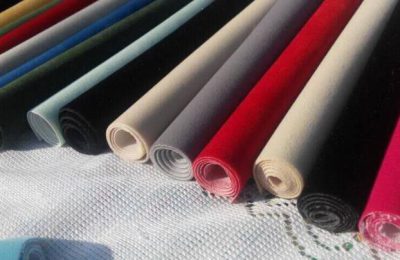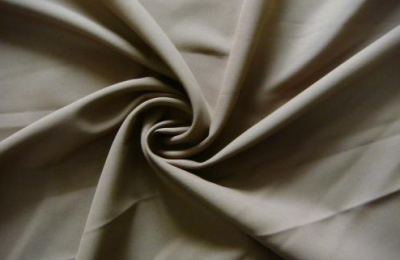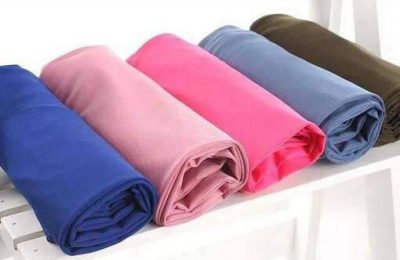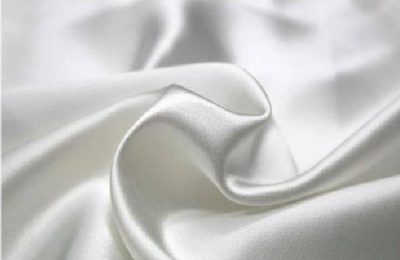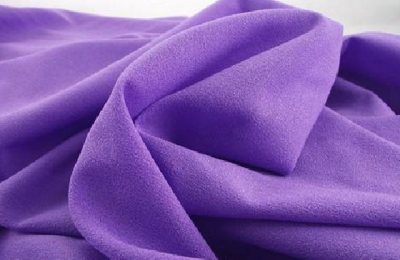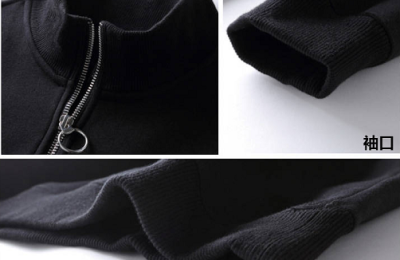PTFE air filtration membranes are classified according to the size of the raw water particles they retain. The membrane pores are divided into microfiltration membranes, ultrafiltration membranes, nanofiltration membranes and reverse osmosis membranes from coarse to fine.
The pore size of the MF membrane is above 0.05um, and is designed to remove colloids and polymeric organic matter.
PTFE air filter membrane has stable chemical properties, high temperature resistance, corrosion resistance, water repellency, oleophobicity, etc.
Therefore, it also has good filterability for special gases with high temperature, high humidity, high corrosion and organic liquids.
So this filter material is widely used in metallurgy, chemical industry, coal, cement and other industries.
There are generally three types of materials: fibers, synthetic resins and ceramics.
Some membrane materials have materials that are weaker than oxidants such as salts and ozone, and materials that are decomposed by microorganisms.
In addition, RO used for seawater desalination has membranes that remove bromine that generates THM and membranes that cannot remove bromine, depending on the use.
In addition to being used for air treatment, air filtration membranes can also be used for ultrapure water production and seawater desalination. Reverse osmosis membranes are generally used.
</p



